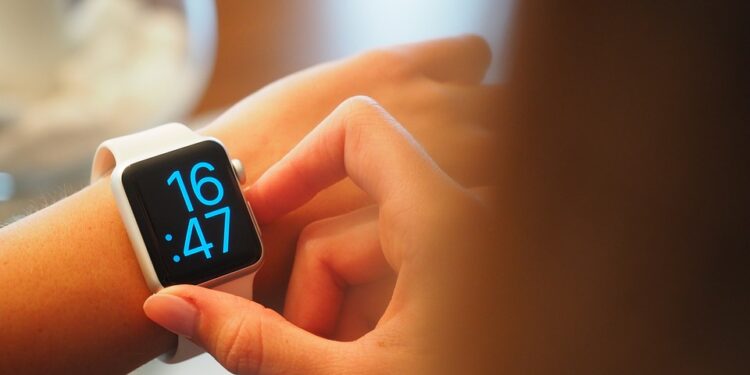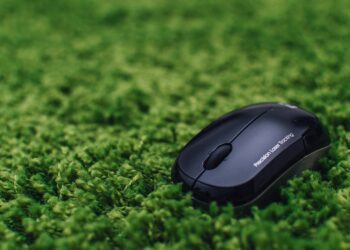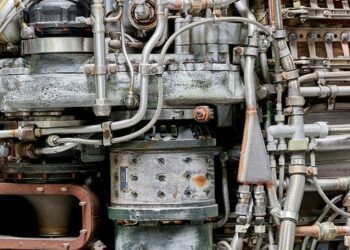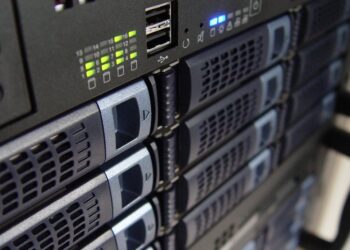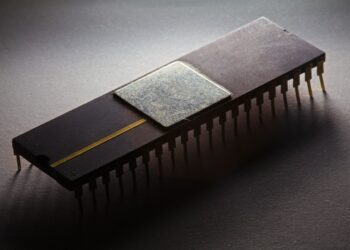Robots have come a long way from simple machines performing repetitive tasks on factory floors. Today, they are being used in a wide range of applications, from exploring the depths of the ocean to venturing into space. The diverse applications of robotics have revolutionized industries and expanded the possibilities of human exploration.
One of the most well-known uses of robotics is in manufacturing. Robots are often deployed in factories to perform tasks that are too dangerous or repetitive for humans to do efficiently. They can work tirelessly around the clock, increasing production efficiency and reducing labor costs. From welding and painting to assembling complex machinery, robots have become an indispensable part of the manufacturing process.
In the field of healthcare, robots are being used to assist doctors in surgeries, provide therapy to patients, and even dispense medication. Surgical robots, for example, can perform minimally invasive procedures with greater precision than traditional techniques, leading to faster recovery times and fewer complications. Additionally, robotic exoskeletons are helping paralyzed individuals regain mobility and independence.
Robots are also making their mark in the agricultural industry. With the global population on the rise, there is an increased demand for food production. Agricultural robots are being used to plant, harvest, and weed crops, increasing efficiency and reducing the need for manual labor. These robots are equipped with advanced sensors and AI algorithms to help farmers make more informed decisions about their crops.
Beyond Earth, robots are playing a crucial role in space exploration. Space agencies like NASA and SpaceX are using robots to explore distant planets, asteroids, and moons. Robotic rovers like the Mars Curiosity rover are collecting data, taking samples, and sending back valuable information about the Martian environment. They are paving the way for future human missions to Mars and beyond.
In the field of environmental conservation, robots are being used to monitor and protect endangered species, clean up polluted areas, and track changes in climate patterns. Drones equipped with cameras and sensors can survey vast areas of land and sea, providing valuable data for research and conservation efforts.
The applications of robotics are constantly evolving and expanding, thanks to advancements in technology and a growing demand for automation. From factory floors to space exploration, robots are reshaping industries and pushing the boundaries of what is possible. As we continue to harness the power of robotics, we can expect to see even more groundbreaking innovations in the years to come.

